Samsung Galaxy S6 edge vs Sony Xperia Z3: first look
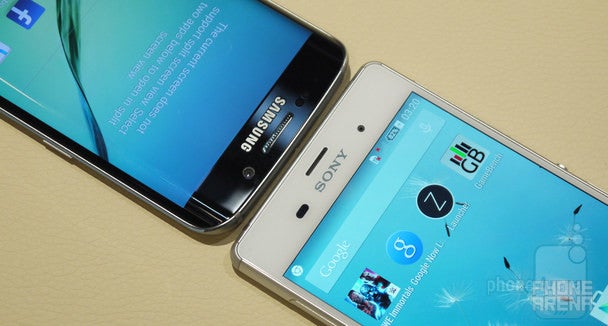
Introduction
The Samsung Galaxy S6 made a splash at Mobile World Congress 2015: after all, it’s the first phone to ever feature a double edge design with the screen wrapping around both of its sides. A straight out of the future design, the Galaxy S6 is also solidly put together with a metal frame and glass on both the back and front, a welcome change from the mundane plastic designs of previous Galaxies.
Design
The Galaxy S6 edge is a lot about a re-focus on design: it’s slim and lightweight, featuring premium materials (metal for the frame and glass on both front and back). The Xperia Z3, on the other hand, features the same fine materials, but in a different shape. The differences are as follows: width measures at 2.76” on the S6 edge and 2.83” on the Z3, thickness is 7mm on the S6 edge and 7.3mm on the Z3, and finally weight is 4.66oz on the S6 edge and 5.36oz on the Z3.
It’s also worth mentioning that the S6 edge comes with a protruding camera, while the Z3 has a camera module that’s flush with its back. It’s not a big deal for us, but when you lay the S6 edge flat on a table it does wiggle a bit.
Display
Samsung bragged about the Galaxy S6 edge having the best screen on a smartphone. It’s a 5.1-inch Super AMOLED screen with a 1440 x 2560-pixel (Quad HD) resolution, and Samsung has done some huge improvements to the brightness of the S6, saying that it can now go to up 600 nits.
The Sony Xperia Z3, on the other hand, features a 5.2-inch LCD display with a 1080 x 1920-pixel resolution. Both are very sharp displays and it’s hard to see any jagged pixels on either. If you care about the numbers, the difference in pixel density is 577ppi vs 424ppi.
The edges on the Galaxy does not interfere with the regular look of the interface (the side parts are not permanently visible on top of TouchWiz), but you can bring them up with a swipe to the side to get quick access to contacts, for instance. You can also bring them up for quick info when the phone is lock, so you can save battery by checking notifications without firing the whole screen.
Good news is that the Galaxy S6 edge seems to bring an improvement in color accuracy (from earlier, greenish AMOLED displays). The Xperia Z3 already has fairly good color reproduction, so we’re looking at two vibrant, pleasing screens.
Interface
The Galaxy S6 edge sports the latest version of Android, 5.0 Lollipop, while the Xperia Z3 features Android 4.4 KitKat (with an upgrade path to Lollipop).
Quite honestly, TouchWiz is the single area we’ve hoped to see most improvements, and - at first look - the new version of Samsung’s interface indeed appears to deliver. It seems to run a bit faster, and Samsung has also trimmed the fat off TouchWiz making it less visually cluttered, and some (but not all) icons are streamlined to look better. There’s still this cheerful cartoonish look, but it’s much less visually self-assertive.
Sony, on its part, uses its custom skin with very few touch-ups over stock Android. It is fast, has to-the-point speedy animations, and works well without much of a gimmicky element to it.
Samsung is now also a step ahead of the rest in the Android [ack with Samsung Pay, the new payment system using the fingerprint scanner. Samsung Pay launches in the United States and Korea this summer. Let’s see how this plays out in the near future.
Processor and Performance
The Galaxy S6 edge features a 14nm octa-core system chip with a big.LITTLE configuration using four cores running at up to 2.1GHz (likely, A57s) and four running at up to 1.5GHz (likely, A53s), and it’s the first phone to come with a 14nm chip, according to the company. Samsung did not say that it is using the Exynos 7420, but all indications point in that direction.
Good news is that with the Galaxy S6 edge, Samsung has finally parted ways with 16GB of internal storage and makes the jump to 32 gigs of internal storage in even the base model, while the Xperia Z3 features half the storage at 16 gigs. The Z3, however, does support an expansion microSD memory card slot, while the S6 edge does not have expansion capabilities.
Camera
The Samsung Galaxy S6 edge sports a 16-megapixel main camera, while the Xperia Z3 has gotten a 20-megapixel main shooter. The Galaxy S6 edge sports optical image stabilization (OIS), while the Xperia Z3 has (a very good) software stabilization.
Technically, the S6 edge has got a fast, f/1.9 aperture lens (on both the front and rear cam), while the Z3 features a slightly slower, f/2.0 lens for its main, rear camera.
If you watched the Unpacked event, you have seen Samsung take a jab at Apple and show some very impressive samples to demonstrate how it has outgunned it in the camera department. As for the Xperia Z3, stay tuned for camera samples (we hope to add them here soon).
Battery life
Samsung brings welcome improvements to the Galaxy S6 battery life and charging speed. Spec peepers will be quick to notice that the actual battery capacity has gone down from 2,800mAh on the S5 to 2,600mAh on the S6 edge, but with a more energy-efficient system chip, its most efficient display, and all of Android Lollipop’s improvements Samsung is able to achieve results in the vicinity of 12h of Wi-Fi browsing, 11h of LTE browsing, 13h of video playback and 49h of music playback, which is a good result.
Samsung also introduces fast charging capabilities to its Galaxy S6 edge, a feature that the Z3 lacks. The S6 can get recharged to an additional 4 hours of use with just a 10-minute trip to the charger. The Galaxy S6 edge also comes with wireless charging without the need for an additional cover which is great (it’s also another feature the Z3 lacks).
Expectations
Finally, the Galaxy S6 edge is about subtle yet futuristic improvements like the dual edge design. It’s not in your face (it feels a bit subtler than on the Note Edge, for instance), yet it does deliver some nice added value.
For all else, the Galaxy S6 edge and Sony Xperia Z3 are two good-looking flagship phones. Time has taken its toll and thte Galaxy S6 is the one with the much more powerful specs: a faster system chip, an improved camera and double the internal storage. The added benefit of fast charging is also neat, and all of these factors contribute to a feeling that the S6 edge is the better phone to get at the moment. If you don’t care about price, though - the Xperia Z3 is still a nice gadget for those who don’t want their spending on a phone to break the piggy bank.

Follow us on Google News
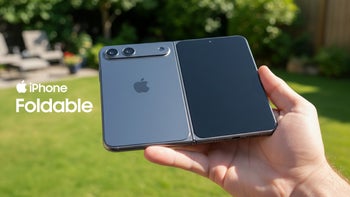
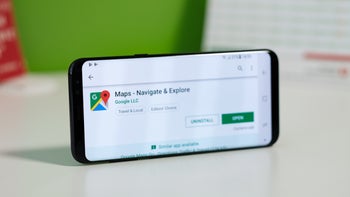
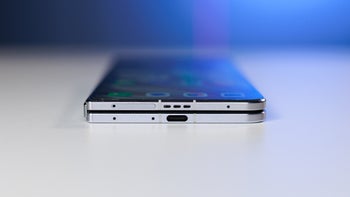

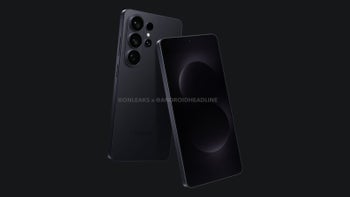
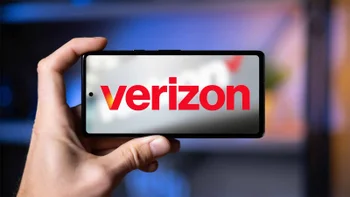
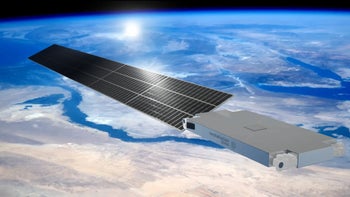
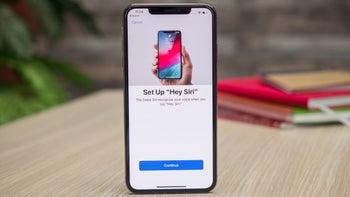
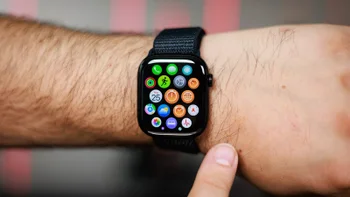
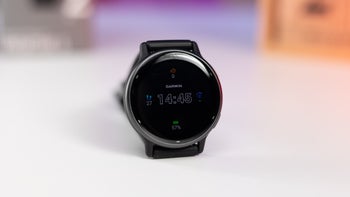
Things that are NOT allowed:
To help keep our community safe and free from spam, we apply temporary limits to newly created accounts: